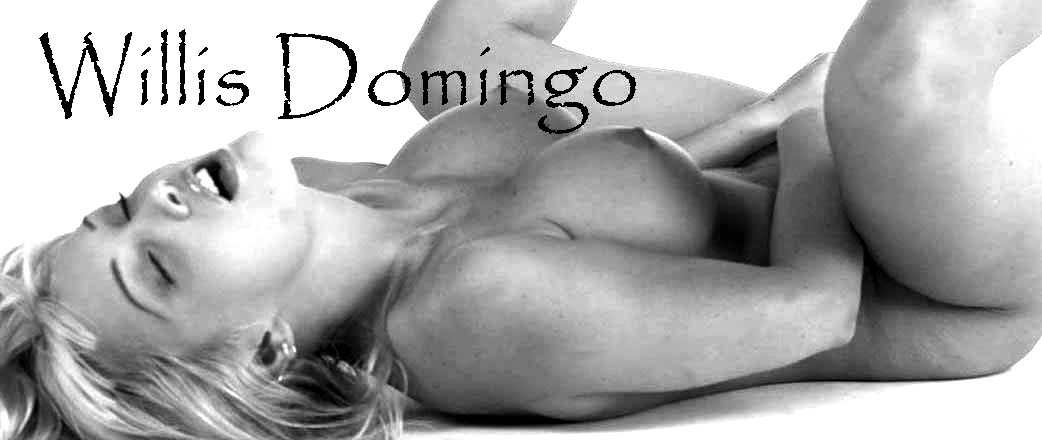|
Object Reference and Truth-Value Reference in Über Sinn und Bedeutung There is something unsatisfying with the notion that the reference (Bedeutung, more properly, referent) of a sentence (Satz) or judgment (Urteil) is a truth-value (Wahrheitswert), while the referent of a proper name (Eigenname) is an object. It is not just that there are an infinite number of objects and, in standard logic, only two truth values. From a strictly mathematical point of view that is not an objection. Formally the relation between linguistic signs (proper names or sentences) and their referents is just a function. The number of members of its range has no bearing on the function unless the relation is supposed to be one-to-one, which it isn’t in this case. On a more intuitive level, a truth-value doesn’t seem to be the same sort of thing as an object, and so to call both of them referents looks like a category error. Indeed, since the proper name is a constitutive part of a sentence (i.e. the sentence would have a different meaning if a different proper name with a different referent were substituted), the object that is the referent of the proper name should be a constitutive part of the referent of the sentence. In fact, if you substitute (using standard notation) a proper name, a, for a proper name, b, in the sentence F(b), then, if both F(a) and F(b) are true, the result is that two sentences, whose constitutive parts have different referents, have the same referent, namely the same truth-value. This does not look like an adequate reflection of the relation of the meaning of a sentence to the meanings of its parts. We want the referent of a sentence to be something more along the lines of a state of affairs (Sachverhalt) composed of objects, to use Wittgenstein’s term. But Frege is vague as to whether a truth-value of a sentence can be some sort of material state of affairs if the subject of the sentence is a proper name whose referent is a material object, or whether it is a more abstract sort of thing defined only by truth tables and logical connectives. Frege seems to stumble on a way to formulate the difficulty when, at the end of Über Sinn und Bedeutung, he introduces the concept of epistemic value or cognitive value (Erkenntniswert) in relation to his concept of sense (Sinn). It is much more likely that a truth-value is the same sort of thing as an epistemic value than as a referent. A chart of Frege’s terms then shows two empty spaces for which he proposes no terms but which should be occupied with some sort of notion defined in contrast to the equivalent term:
This chart shows how Frege’s conceptual scheme could be revised. The sense of a sentence is a thought, but the sense of a proper name is not its epistemic value. Rather the epistemic value is the reason that linguistic signs have senses as well as referents. But that means we need a term, lacking in Frege, for the sense of a proper name like the term “thought” (Gedanke) for the sense of a sentence. Likewise, the referent of a proper name is an object, but the referent of a sentence is not its truth-value. Rather the truth-value is the consequence of linguistic signs having referents. But that means we need a term, lacking in Frege, for the referent of a sentence like the term “object” for the referent of a proper name. This revised schema raises some interesting new questions. The ties between a sentence and its truth-value can be elaborated when the sentence is part of a longer sentence in which it is linked to another sentence by logical connectives, such as “and,” “or,” “if…then” etc. What kind of thing equivalent to the object of a proper name must a sentence have in order to retain those ties? And is there some sort of function, similar to a truth function that relates a sentence to its epistemic value? Is there in fact a structure of epistemic values? Also what kind of sense does a proper name have if the sense of a sentence is a thought? And can the sense of a proper name be tied to the thought of a sentence of which it is a subject in such a way as to make perspicuous its role in the sentence’s truth-value or epistemic value? |
Willis Domingo

There are naked women and big words inside. If you are under the age of 18, you do not belong here and should leave immediately by clicking here to exit. If you are an adult and do not wish to see erotic images of any kind or if you are simply stupid, click here to exit.

